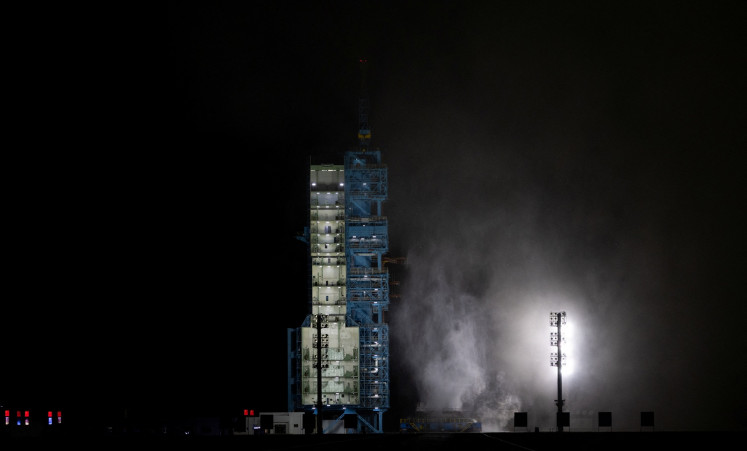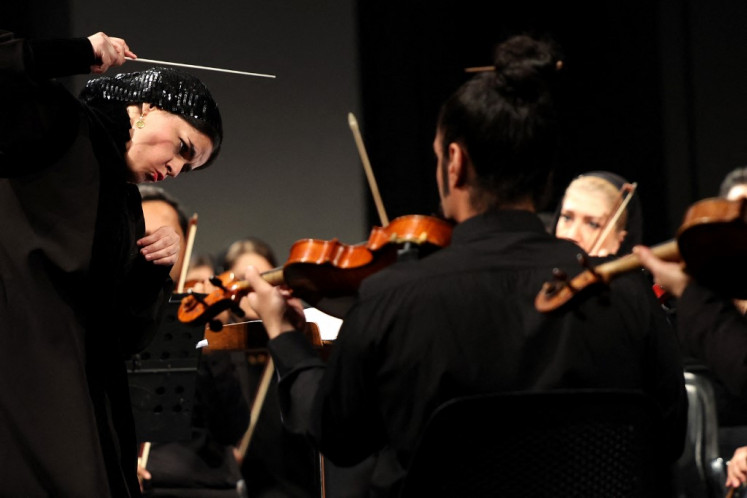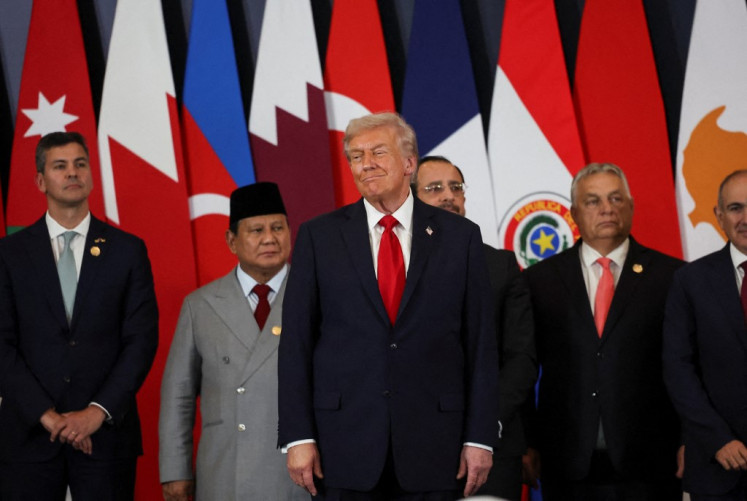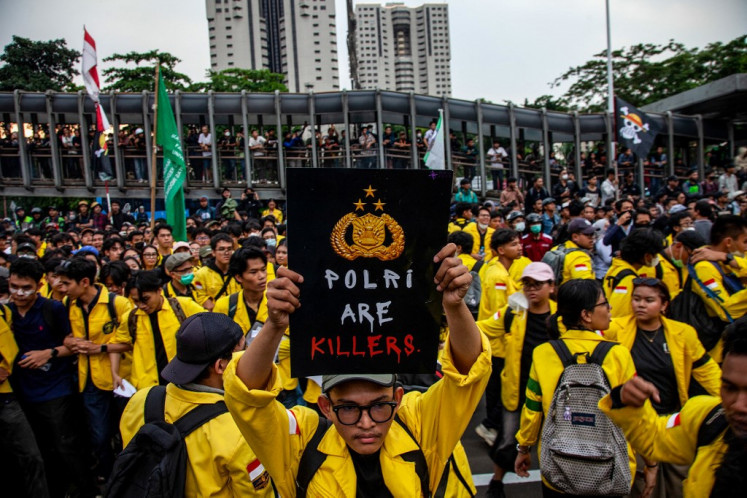Popular Reads
Top Results
Can't find what you're looking for?
View all search resultsPopular Reads
Top Results
Can't find what you're looking for?
View all search resultsA short history of trains in Java
Indonesia's train system has a long history.
Change text size
Gift Premium Articles
to Anyone
W
ith the recent railway developments in Indonesia, the history of trains in Java during the Dutch East Indies period is interesting to consider, from the horse-drawn passenger trains to the cow-drawn freight trains.
As reported by kompas.com, Kompas daily on Aug. 29 1969 covered the origins of the train in Indonesia, including the 10 railway operators at the time.
Horse-drawn passenger trains
In the early 1900s, trains were drawn by cows and horses. Freight trains were pulled by cows to transport sugarcane.
Meanwhile, passenger trains, which consisted of only one or two cars, were drawn by four horses along the Purwosari-Banyudono-Boyolali route in Central Java.
This method continued until 1912, when horses were replaced by locomotives. However, these locomotives needed to be operated by a designated train driver because of the complex system.
Locomotive and rail
To connect Magelang and Ambarawa in Central Java, a hilly area, railway operators used the only locomotive model available in Java. A locomotive was placed on the front and back of the train. On uphill tracks, an extra locomotive would be placed at the back to provide more power. For downhill tracks, the locomotive would be moved to the front.
Read also: Trip to the past: The History of Indonesian Railways
Route on Java Island
At the time, more than 10 railway operators opened routes on Java Island. Among the operators was SS (Staatspoor), which was owned by the government and was established in 1879. Other operators included Semarang-Chirebon Stoomtram Mij (SCS), Semarang-Joana Stoomtram Mij (SJS) and Oost-Java Stoomtram Mij (OJS).
Tariffs and tickets
Different tariffs and tickets were applied for locals and foreigners.
Locals received green tickets at cheaper prices, while foreigners received white tickets. Moreover, it was said that locals who wore kopiah (skullcap) or peci (rimless black cap) were also subjected to the rules applied to foreigners.
Different railway stations
Each railway operator had its own station. SS, for instance, was based in Tugu Station in Yogyakarta and Jebres Station in Surakarta, Central Java. (wir/wng)











